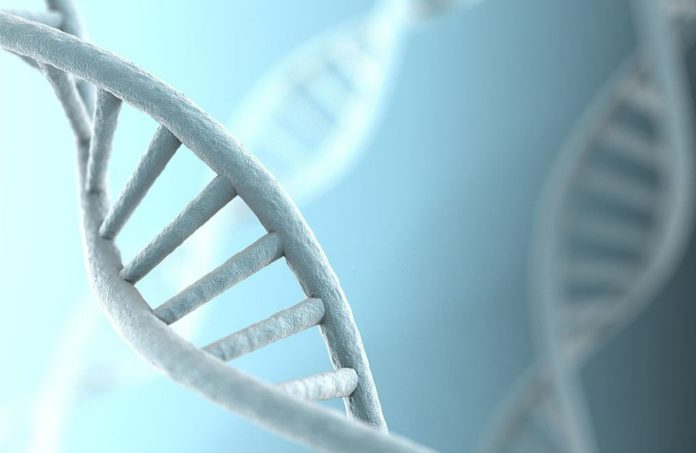Marshall Nirenberg, a University of Michigan alumnus, and a group of other scientists deciphered the genetic code of life in the early 1960s, identifying the mechanisms by which information in DNA molecules is translated into proteins, the living cell’s functioning parts.
They discovered codons, three-letter units in DNA sequences that dictate each of the 20 amino acids that make up proteins, work for which Nirenberg received a Nobel Prize with two other researchers.
Point mutations, or misspellings in the genetic code that include only a single letter, can occur on rare occasions. Nonsynonymous mutations affect protein sequences, whereas silent or synonymous mutations do not.
In protein-coding DNA sequences, between one-quarter and one-third of point mutations are synonymous. Those mutations have been thought to be neutral or virtually neutral since the genetic code was broken.
However, University of Michigan biologists reveal that most synonymous mutations are severely damaging in a work published in the journal Nature today that entailed genetic manipulation of yeast cells in the lab.
According to the study authors, the high nonneutrality of most synonymous mutations would have major ramifications for the study of human disease processes, population and conservation biology, and evolutionary biology if proved to be true for additional genes and animals.
“Since the genetic code was solved in the 1960s, synonymous mutations have been generally thought to be benign. We now show that this belief is false,” says study senior author Jianzhi “George” Zhang.
“Because many biological conclusions rely on the presumption that synonymous mutations are neutral, its invalidation has broad implications. For example, synonymous mutations are generally ignored in the study of disease-causing mutations, but they might be an underappreciated and common mechanism .”
Anecdotal evidence has revealed that some synonymous mutations are nonneutral in the last decade. Zhang and his colleagues sought to see if these kinds of situations are the exception or the rule.
They chose to investigate this subject in budding yeast (Saccharomyces cerevisiae) because the organism’s short generation time (about 80 minutes) and small size allowed researchers to swiftly, precisely, and conveniently evaluate the impact of a large number of synonymous changes.
They created almost 8,000 mutant yeast strains using CRISPR/Cas9 genome editing, each with a synonymous, nonsynonymous, or nonsense mutation in one of 21 genes chosen by the researchers.
They next measured how rapidly each mutant strain reproduced in comparison to the nonmutant strain to determine its “fitness.” Simply speaking, Darwinian fitness refers to the number of offspring a person has. The reproduction rates of the yeast strains were used to determine if the mutations were advantageous, detrimental, or neutral in this situation.
The researchers were surprised to see that 75.9 percent of synonymous mutations were considerably harmful, while only 1.3 percent were significantly beneficial.
Xukang Shen, a graduate student research assistant in Zhang’s group, adds, “The previous anecdotes of nonneutral synonymous mutations turned out to be the tip of the iceberg.”
“We also studied the mechanisms through which synonymous mutations affect fitness and found that at least one reason is that both synonymous and nonsynonymous mutations alter the gene-expression level, and the extent of this expression effect predicts the fitness effect.”
According to Zhang, the team was aware that some synonymous mutations would likely turn out to be nonneutral based on anecdotal evidence.
“But we were shocked by the large number of such mutations,” he adds. “Our results imply that synonymous mutations are nearly as important as nonsynonymous mutations in causing disease and call for strengthened effort in predicting and identifying pathogenic synonymous mutations.”
While there’s no reason why their findings should be limited to yeast, the U-M-led team says that confirmations in other organisms are needed to validate the generality of their findings.
Image Credit: Getty
You were reading: ‘Silent’ Genetic Mutations Found To Be More Harmful Than Neutral
